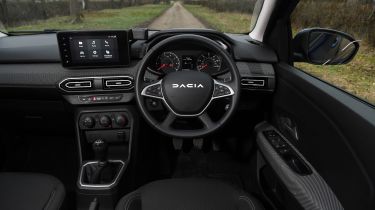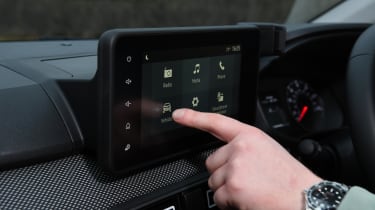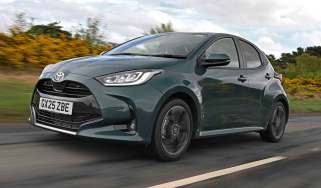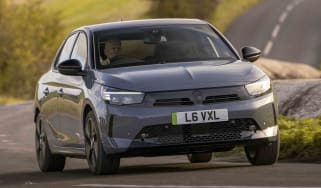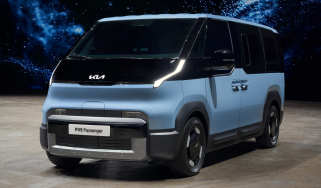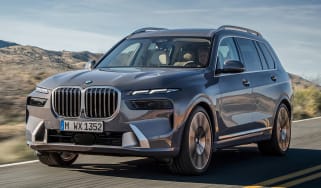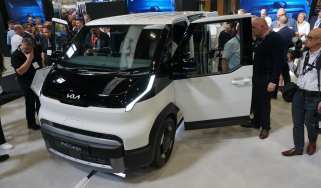Dacia Sandero - Interior, design and technology
Dacia has given the Sandero a smart looking exterior, while interior quality is much improved

There’s no question that interior quality of the latest Sandero is an improvement over the previous models.
The entry-level Essential has, erm, all the essentials, such as air-conditioning, remote central locking, cruise control, DAB radio, Bluetooth connectivity, USB socket and a smartphone cradle fixed to the dashboard. It rolls on 15-inch steel wheels with trims rather than alloy wheels.
We’d recommend getting the mid-range Expression because it features softer cabin materials, from the tasteful cloth sections across the dash, cushioned armrests, and a soft-touch, leather-look steering wheel cover all helping to create a more sophisticated atmosphere.
Dacia includes a generous level of standard kit on the Expression versions, including front fog lights, electrically adjustable door mirrors, keyless entry, auto wipers, all-round electric windows, rear parking sensors, and an eight-inch infotainment touchscreen with which to view the rearview camera on.
The range-topping Journey trim on Sandero, or Extreme with Sandero Stepway both come with climate control, an adjustable smartphone cradle attached to the side of the infotainment screen, and a more thoughtfully designed centre console with an integrated armrest.
Stepway models can be identified from the regular Sandero model because you’ll see lots of copper interior trim details.
Sat-nav, stereo and infotainment
The Sandero’s analogue dials are clear and easy to read, with the central digital screen for trip data and warnings. As we mentioned, the base Essential car doesn’t get a touchscreen – just a two-speaker stereo, DAB radio and Bluetooth connectivity. The Sandero uses steering column-mounted stereo controls – the same basic design that’s been used on Renaults since the nineties, which is still very intuitive to use.
The mid-range Expression trim and above come with an eight-inch infotainment touchscreen and four-speaker sound system. There’s Apple CarPlay and Android Auto smartphone compatibility to enable you to utilise a navigation app from your phone, or you could spring for a Journey or Extreme trim to get sat-nav.
The screen isn’t very sharp or high resolution, but it does the job, and the menus are simple and easy to navigate, because there aren’t the endless features you get on some modern cars. A tile arrangement makes it easy to figure out Sandero's few functions; there’s even a separate page that scores the driver on how efficiently they drive. It’s a shame that the screen is a little slow to respond to touch inputs, while the system itself isn't that quick, either.
There’s a handy USB socket mounted beside the touchscreen display, although only the range-topping trim levels come with an adjustable smartphone cradle mounted on the screen next to that socket.

